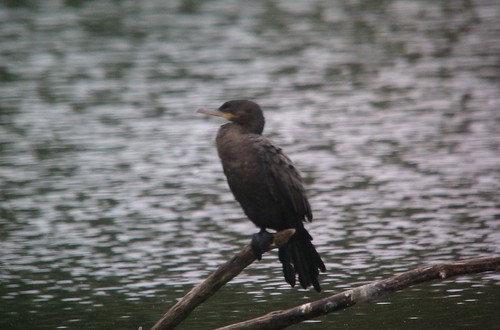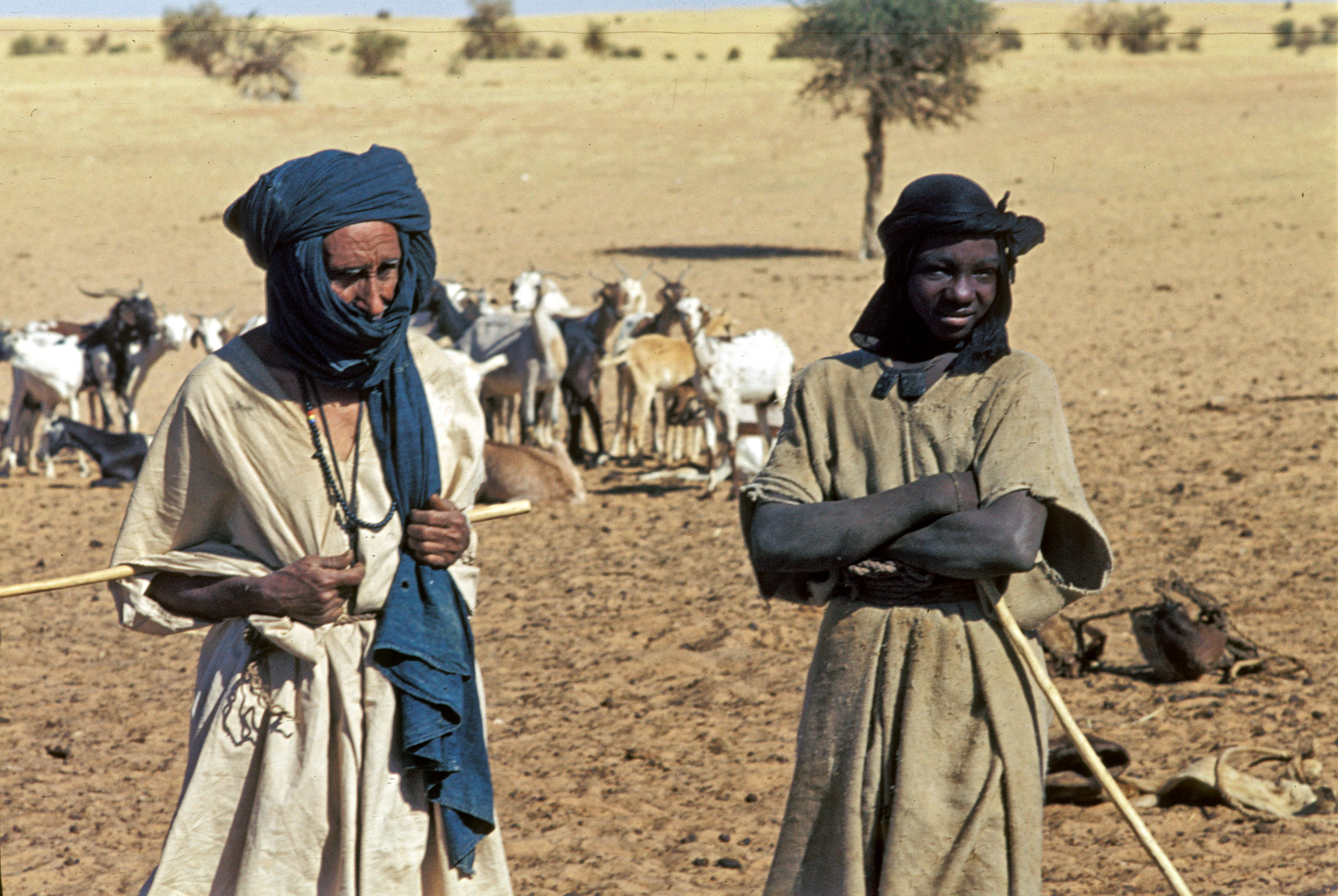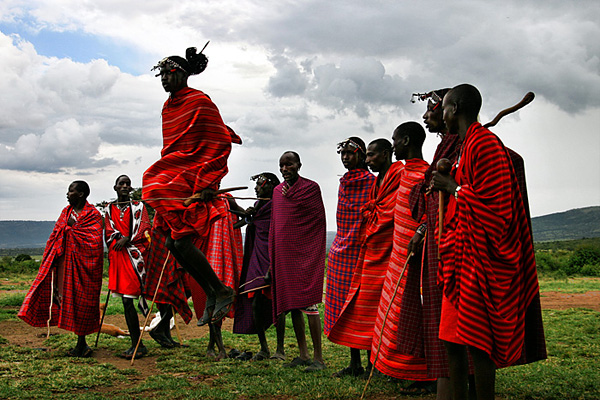Tuesday night I had to run to the store, and on my way home, I stopped by Demott Park in Clinton, NJ. I stop by this little pond almost every day. Sometimes more than once. Its a quick stop to scan for ducks. For over a week a Redhead had been hanging out with some Ring-necked Ducks. In the winter there are always a lot of Gadwall, and usually some Hooded Mergansers. And sometimes something even better.
Tuesday night, as it was getting dark, I noticed a long-tailed bird in the tree on an island in the middle of the pond. As I got my bins on it, I was shocked to see it was a cormorant--but much longer tailed and smaller than a normal cormorant. I jumped out of the car, grabbed my scope, and started taking pictures through my scope with my camera phone.
Light was fading fast, but I sent out a text with a photo to a local birding friend (who I didn't realize was in Florida). I try to be careful, and didn't want to claim it 100% until I could look at the photos--and I was just taking as many photos as I could, hoping to get ones that would prove the ID of this bird--since it really looked to me like a Neotropic Cormorant--a bird I used to see a lot of when I lived in Texas, but a bird never documented before in New Jersey!
As I took my last shot I realized I was 50 yards from my van, with the doors wide open, and the keys left in the ignition. I also had ice cream melting in the van. But that was the least of my concerns :-)
I got home and started going through the photos. OK, they weren't great perfect. But they seemed to show what I saw in the field--a very long-tailed cormorant, with dark feathering (instead of yellow flesh) in front of the eye, a dark chocolate brown breast and belly. As far as I could tell, I had all the field marks for a Neotropic Cormorant. Unfortunately the photos couldn't really show how small the bird was--which was the thing that really struck me at first. Oh well.
I started sending the photos around to friends to get their opinion. It was getting late on the East Coast. A couple friends in Texas, Mexico, and Washington thought it looked good--though the photos were not perfect by any stretch, so caution was warranted.
By 1:30AM I was convinced I had something that others needed to see--and without being able to reach anyone else for the night, I had to pull the trigger and call it myself. If I wasn't imagining things, this was a bird that others would want to see. If I was somehow off, well, that would be embarrassing. I bit the bullet and sent out word of a probable Neotropic Cormorant on the JerseyBirds email list.
Next morning I had some tasks to do that kept me from the park at first light. By the time I got there at 6:45, no bird. A couple friends showed up to look, but otherwise not many birders there for a potential first state record. I guess
my photos posted on Flickr weren't convincing enough.
After I got home, I found out that Jonathan Klizas had been there earlier, and had seen the bird, and gotten some photos. Though they were still a bit fuzzy in the early morning light.
A discussion of the ID on the ID Frontiers email list went round and round. Some birders thought it looked good for Neotropic Cormorant. Others expressed caution. There was a story about a mysterious cormorant in California that may not be identifiable still. Some folks thought my photos showed a bird with a head and/or bill too large for Neotropic Cormorant.
Others couldn't get past the long tail and dark lores--usually classic diagnostic marks for this bird. At one point some people were questioning if what if any marks really would be convincing for a Neotropic Cormorant in this plumage.
Fortunately, last night, Ellen DeCarlo checked out the island at dusk and relocated the bird sitting on the shore of the island and got
a couple good clean shots.
Thank goodness for these shots! Today, as more birders saw these last shots, those who expressed concerns were mostly won over.
Peter Pyle was even able to age this bird (a young bird from last year in the middle of a molt to an adult plumage).
So tonight, finally a crowd should be gathered to see this potential first record for New Jersey. I don't know if finding a first state record is the birding equivalent of pitching a perfect game, or just winning the Powerball. But that's three for me in 15 months here in NJ. I'm feeling very blessed. And I hope that it sticks around long enough so everyone who wants to see it can come and take a look.
My wife just thinks it is good karma for my going to get some stuff she needed from the store :-)
As with all good birding tales, this one is a mix of fun and passion and frustration. Not sure there are any real lessons to be learned. But I'm grateful for all who have participated in the discussion of this bird, and for all that I learned about cormorants over the past few days.
Good luck to all the bird chasers out there. I hope everyone who wants to gets to see this bird!












































